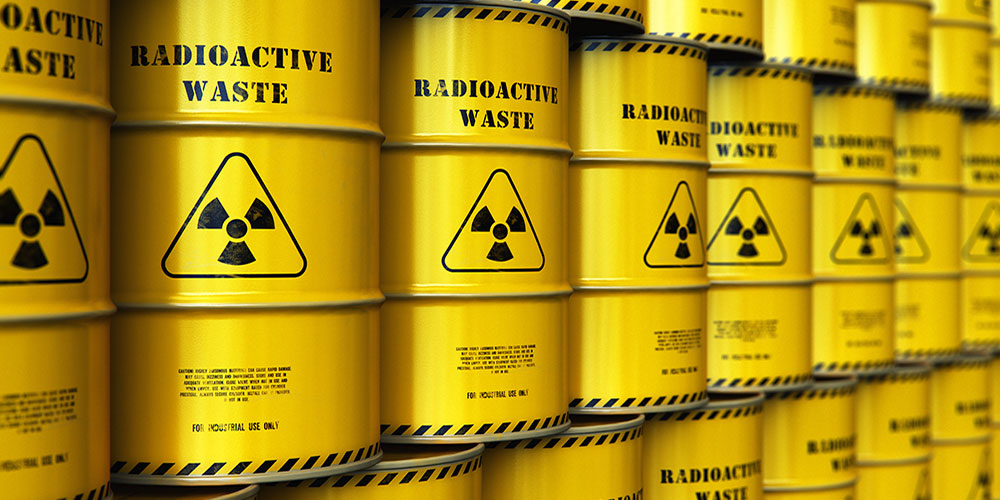UPDATE NOVEMBER 10, 2022: Jana Elementary School has been tested by the U.S. Army Corps of Engineers, which found no radioactive contamination on campus, reports ABC News. The team that did the testing, which said it took nearly 1,000 samples and measurements throughout the building and its grounds, didn’t find levels above what would naturally occur.
The Corps had been conducting tests since late October following testing by a private firm that found 22 times the expected level of radioactive isotope lead-210 on the kindergarten playground. The private firm also found higher than expected levels of polonium, radium, and other materials inside the school. The private study was paid for by lawyers representing people who are suing over radioactive contamination of nearby Coldwater Creek.
The president of the school’s PTA is disputing the Corps’ findings, which will be discussed at a public meeting on November 16.
UPDATE OCTOBER 19, 2022, 1:30 P.M.: The Hazelwood Board of Education voted on Tuesday to close Jana Elementary School until the campus can be cleaned up, reports the Associated Press. Starting Monday, students at the school will attend virtual classes until they can be moved to different campuses, probably on November 28. It’s unclear when Jana Elementary will reopen.
FLORISSANT, Mo. — An independent report has confirmed earlier findings that there is significant radioactive contamination at a St. Louis-area elementary school.
In August, Boston Chemical Data Corporation studied soil, dust, and plant samples at Jana Elementary School after the U.S. Army Corps of Engineers detected radioactive contaminants near the school in 2018, 2019, 2020, and 2021, reports ABC News.
The new report claims the Army Corps’ testing was incomplete and inadequate because the samples weren’t collected from inside the school buildings or the soil immediately surrounding them. Parents from the Hazelwood School District requested the school board further test the school grounds after the Missouri Coalition for the Environment obtained a copy of the 2018 test results through a Freedom of Information Act request, according to Popular Mechanics.
Boston Chemical’s report included samples taken from the school’s library, kitchen, classrooms, HVAC system, fields, and playgrounds. The environmental testing company determined levels of the radioactive isotope lead-210, polonium, radium, and other toxins were “far in excess” of what they had expected. In some cases, the pollution levels were up to 22 times higher than expected for the area. Dust samples taken from inside the school were found to be contaminated.
The company said it tested soil samples from as far down as six feet below the ground surface but that it is unclear how deep the radioactive contamination goes.
The school is in the floodplain of Coldwater Creek which was contaminated with nuclear waste from weapons production during World War II, according to AP News. The waste was dumped at sites next to the creek which flows to the Missouri River. The Corps has been cleaning up the creek for over 20 years.
Engineers also studied samples from homes in the same neighborhood as the school. The same radioactive materials that were found at Jana Elementary were found both inside and outside the homes. In 2019, the Agency for Toxic Substance and Disease Registry determined the waste would enter homes from the creek when there was flooding.
The Hazelwood School District issued a statement indicating officials were aware of the report.
“Safety is always our top priority, and we are actively discussing the implications of the findings,” the district said. “The Board of Education will be consulting with attorneys and experts in the area of testing to determine next steps.”
Inhaling or ingesting radioactive materials can cause significant injury and a “significant remedial program will be required to bring conditions at the school in line with expectations,” the report said.







